1. Eagles, Their Greatest Hits (1971–1975)
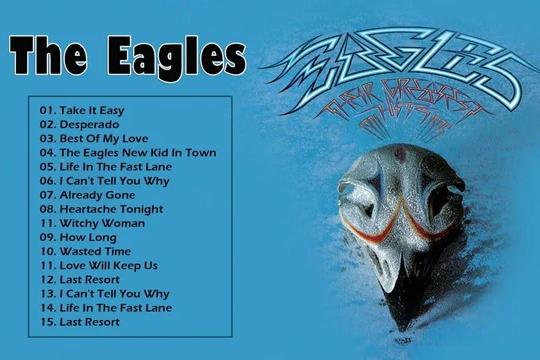
The music industry of the late 20th century was defined by a delightful paradox: the record club. For decades, services like Columbia House and BMG Music Club offered the tempting promise of a dozen albums for a single penny, a bargain so good it felt like stealing.
This album wasn’t just a compilation; it was an obligatory piece of household inventory. When browsing the massive, fold-out club catalogs, this collection was a foundational choice, it was safe, instantly recognizable, and statistically the best value to kick off a membership. The Eagles’ first greatest hits collection, released in 1976, became the first album certified platinum (one million copies shipped) by the RIAA, eventually becoming the best-selling album of the 20th century in the U.S., a title it later traded with Michael Jackson’s Thriller. Its sheer ubiquity was fueled by the clubs, which could market it to everyone from suburban parents to college students needing “classic rock” staples. The catalog copy likely highlighted its status as a must-have, making it the perfect, no-risk choice to satisfy the initial purchase requirement.
2. Billy Joel, Greatest Hits Volume I & II
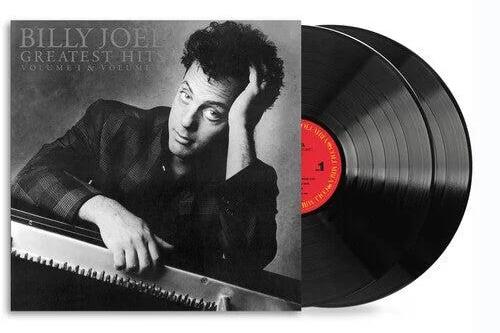
Billy Joel’s double-disc anthology was the club’s way of giving members a massive, all-in-one musical education. Released in 1985, this set was a physical statement: a thick jewel case with a fat booklet that offered an immediate sense of collection completion. It spanned his career from his 1973 breakthrough, “Piano Man,” all the way through his pop-rock anthems like “Uptown Girl” and “Tell Her About It.” For the clubs, it was a genius product: a two-for-one that counted as a single commitment toward the membership requirement while delivering almost three hours of highly marketable content. It gave buyers instant familiarity with an American songwriting legend, offering a ready-made soundtrack for family gatherings and car trips, subtly giving the owner the feeling that they’d secured a piece of cultural history without having to chase down every individual album.
3. Phil Collins, …Hits
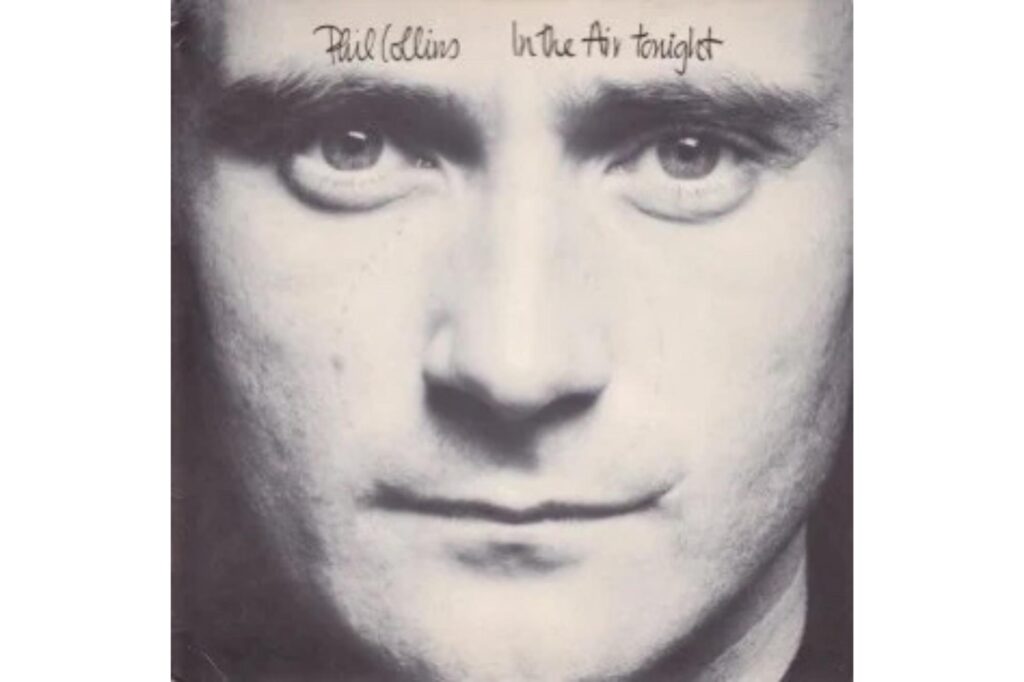
This 1998 compilation was the quintessential “adult contemporary” club pick, solving the problem of needing one reliable, breezy, and universally appealing CD. Collins’ music, a blend of driving pop-rock and heartfelt ballads, was designed for maximum radio and, consequently, club appeal. The album features massive singles like “In the Air Tonight,” “Sussudio,” and the Disney hit “You’ll Be in My Heart.” Clubs knew this album functioned as a Swiss-Army disc for the average listener: it had breakup songs, driving songs, and the occasional famous drum fill. It satisfied the need for a recognizable, big-name artist without leaning too far into rock, pop, or soft-listening, making it the ideal selection for customers looking to fulfill their commitment with a choice that wouldn’t offend any listener in the household or car.
4. Bob Seger, Greatest Hits
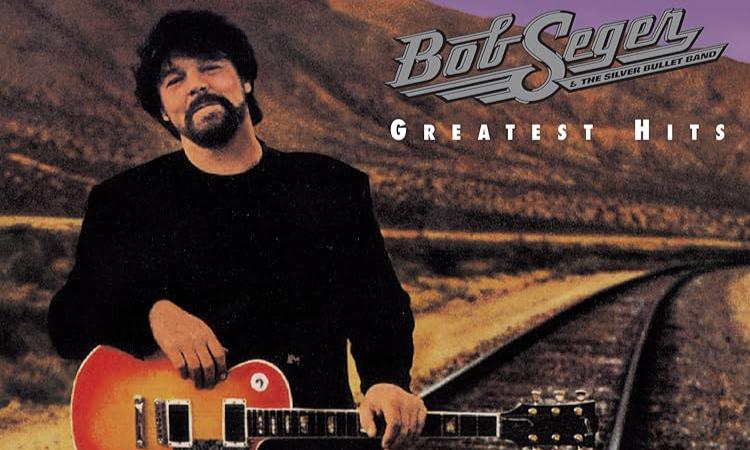
Bob Seger’s 1994 compilation was the embodiment of dependable, classic American rock and an essential cog in the record-club machine. The appeal of songs like “Night Moves,” “Against the Wind,” and “Old Time Rock & Roll” crossed multiple demographics: it appealed to Baby Boomers who grew up with him and younger listeners who knew his music from films and commercials. This broad market reach made it an extremely efficient catalog item for the clubs. The album quickly achieved Diamond status, selling over 10 million copies in the U.S., a feat largely attributed to its constant promotion through mail-order outlets. It represented a safe, nostalgic bet, the “denim jacket of CDs” that always fit and was an easy, non-controversial choice to meet a membership obligation while adding a high-quality selection to a burgeoning collection.
5. Alanis Morissette, Jagged Little Pill
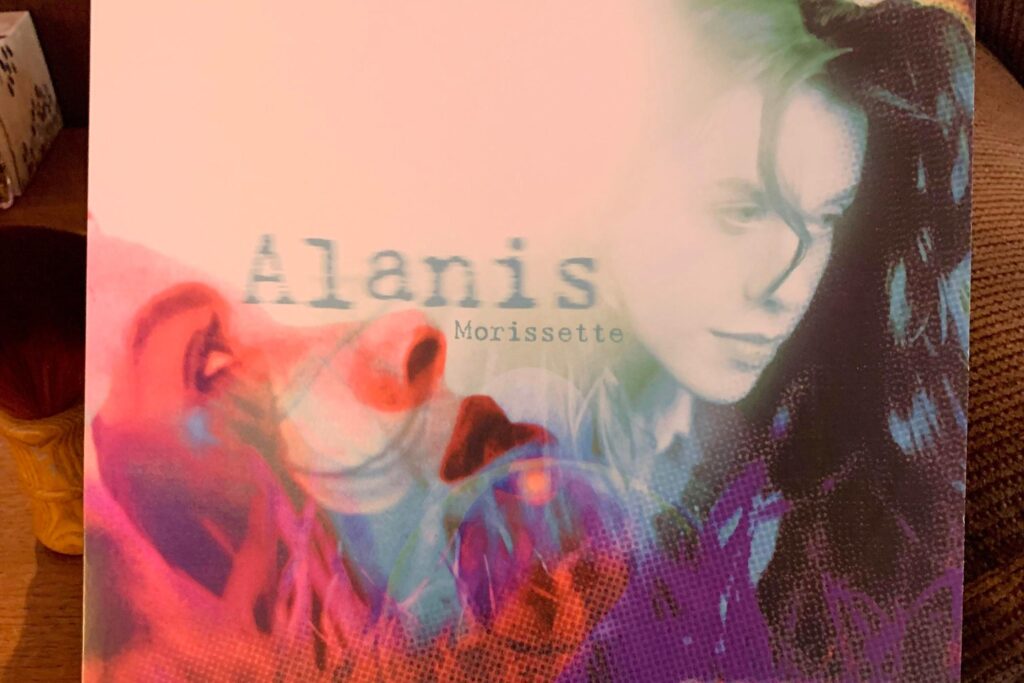
Jagged Little Pill stands out as the ’90s exception, a massive, contemporary hit that the clubs were forced to stock prominently to remain relevant. Released in 1995, its raw, cathartic energy and massive singles like “You Oughta Know” and “Ironic” made it one of the decade’s defining albums. Record clubs often focused on older, cheaper catalog titles, but this album’s cultural footprint was so large it became a loss-leader, a hot, current title advertised front and center to entice new members. Buyers grabbed it to feel current and relevant, slipping it into their selection of older classics. The album’s success, it sold over 33 million copies worldwide, is a testament to its widespread reach, powered significantly by the affordability and visibility granted by its inclusion in mail-order catalogs across the nation.
6. Hootie & The Blowfish, Cracked Rear View
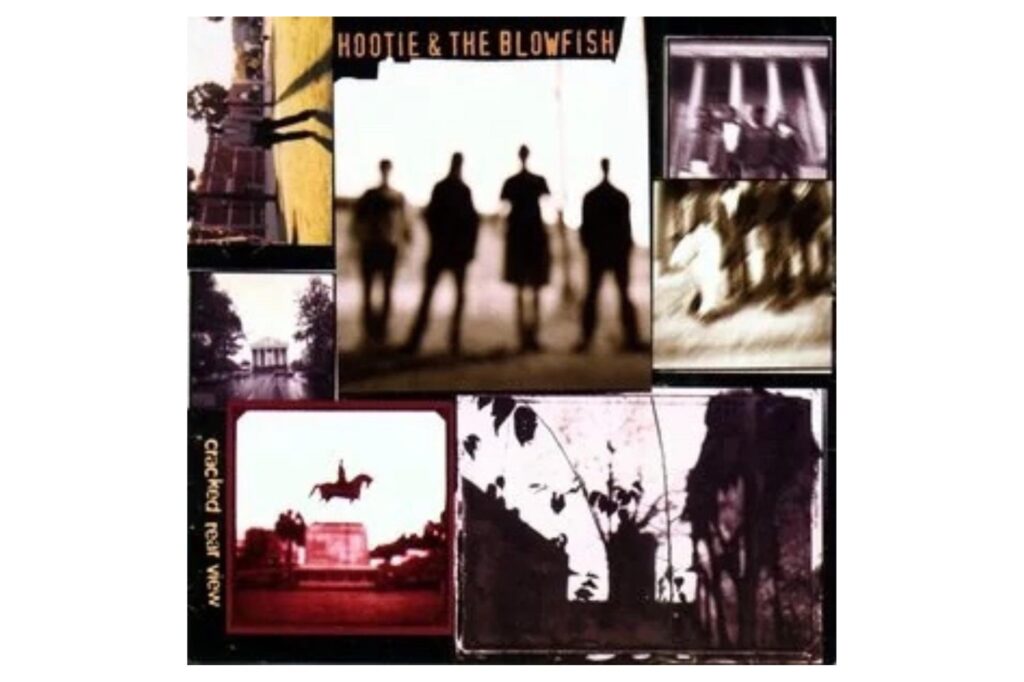
This 1994 debut was the epitome of the friendly, ubiquitous, background-music album that became rocket fuel for record clubs. With singles like “Hold My Hand,” “Let Her Cry,” and “Only Wanna Be with You,” the album’s earnest, mid-tempo rock was universally palatable. Its sheer popularity made it an obvious choice: it was the one CD everyone knew and was often marketed as the “full-price purchase” required after the initial penny deal. For clubs, it represented a guaranteed sale due to its unprecedented success, becoming one of the best-selling albums of all time in the U.S. It satisfied the requirement for a contemporary pick that was absolutely guaranteed to be a crowd-pleaser, effortlessly moving from a required club buy to the default soundtrack for backyard barbecues and car rides across America.
7. Eric Clapton, Unplugged
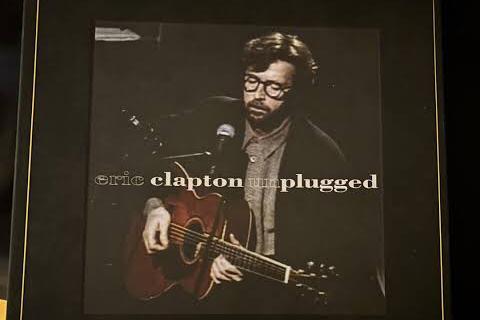
Released in 1992, Unplugged was the acoustic album of choice that clubs marketed as the “classy, sophisticated” pick. Its popularity was immense, driven by the mournful, stripped-down version of “Layla” and the moving elegy “Tears in Heaven.” The record club pitch likely focused on its artistic prestige, it famously won six Grammy Awards, including Album of the Year, making it the perfect album for those looking to round out their collection with something perceived as high-quality and mature. For buyers, it served a dual purpose: a sophisticated backdrop for a dinner party and a reliable, high-fidelity recording often used to test new stereo systems. It became the cardigan of compact discs, an item of effortless, enduring taste that was practically impossible not to acquire through the mail-order system.
8. Enya, Shepherd Moons (or Watermark)
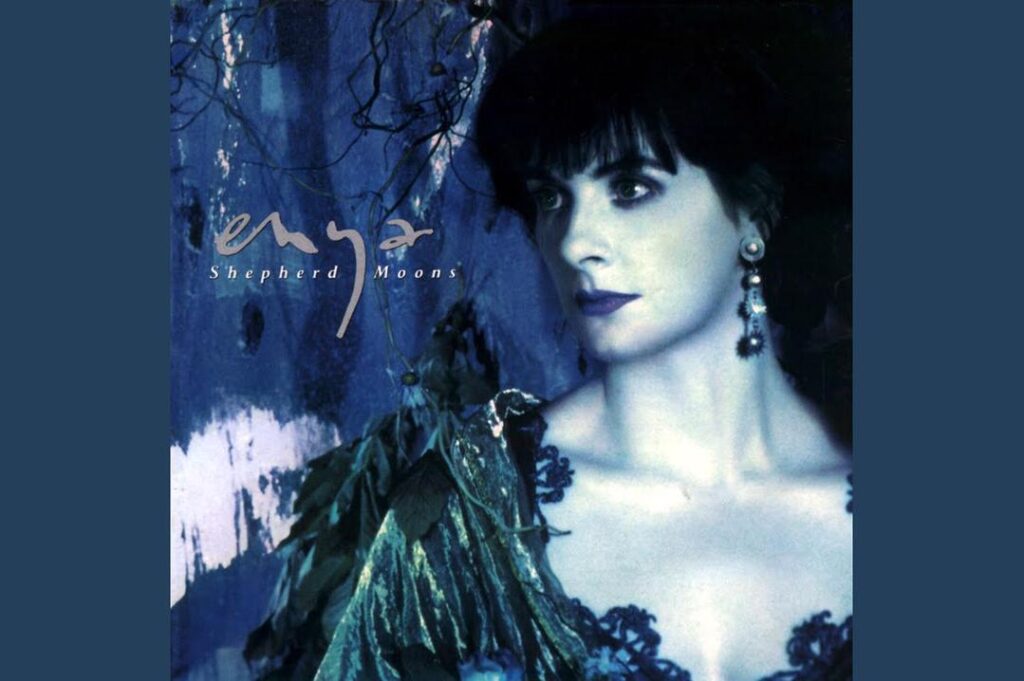
Enya’s ethereal New Age sound became a record-club staple because it filled the niche for “ambient, calming, easy listening.” Albums like 1988’s Watermark (featuring “Orinoco Flow”) and 1991’s Shepherd Moons were frequently placed in catalogs under categories like “Meditation,” “Classical,” or “New Age,” appealing to customers seeking a soothing soundscape. The catalog copy would often emphasize the music’s ability to “transform your space,” making it an easy sell as an “upgrade your life” purchase for just a few dollars. It didn’t require active listening but was perfect for studying, working, or quiet contemplation, fulfilling the need for a universally acceptable, non-lyrical background album. The clubs ensured that, for a few years, almost every apartment had a touch of Celtic mist and mystical vocals on standby.
9. The Best of Van Morrison, The Best of Van Morrison
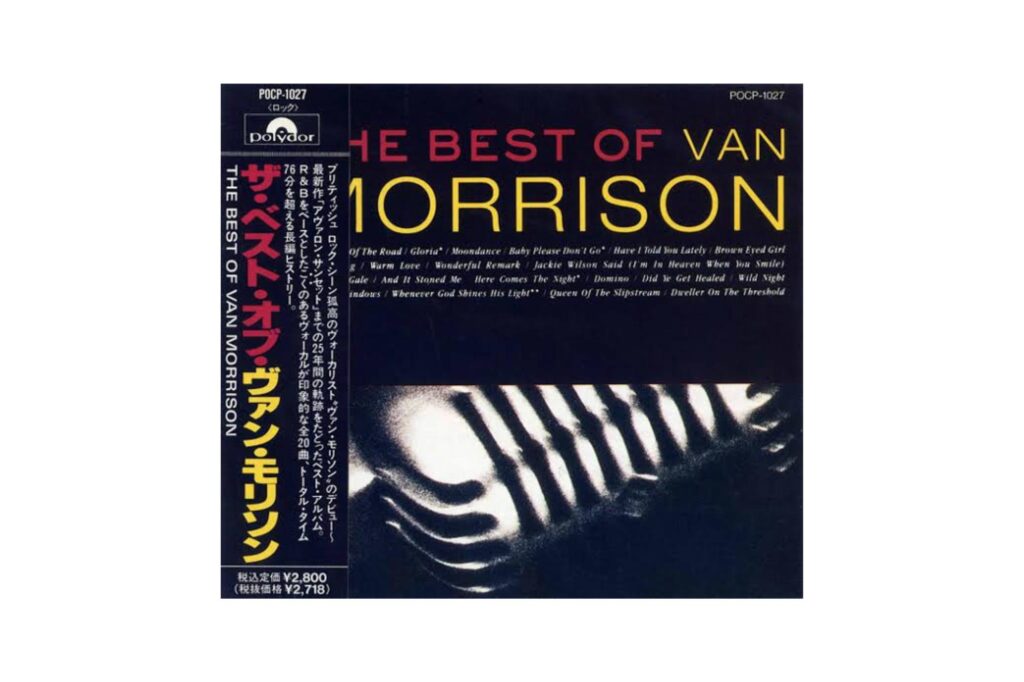
This 1990 compilation was a staple in the mail-order ecosystem, a warm, inviting anthology that the clubs practically begged you to take as a no-brainer classic. It collects his most enduring and familiar songs, including the inescapable “Brown Eyed Girl,” “Moondance,” and “Domino.” For the clubs, it was a perfectly crafted product: a definitive collection that eliminated the need for a customer to buy several of his original albums. Its inclusion meant an instant injection of soulful, folk-rock quality into any budding CD collection. This collection quickly became the default, reliable dinner party soundtrack and the perfect choice for buyers looking to fulfill their contractual obligation with a classic that was guaranteed to deliver a feel-good, cool-uncle-approved listening experience that rarely got swapped out for anything else.
10. Queen, Greatest Hits
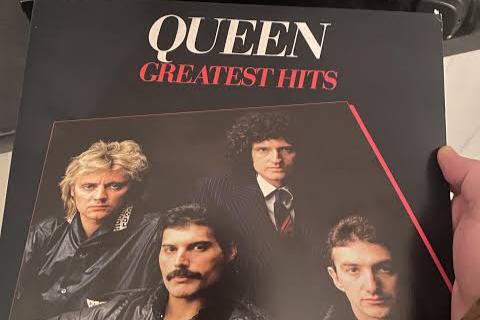
Queen’s 1981 compilation was a piece of musical plutonium for the record clubs: an album with practically zero filler and all anthems. The sheer star power of a tracklist that includes “Bohemian Rhapsody,” “Another One Bites the Dust,” “We Will Rock You,” and “Killer Queen” made it an instant, irresistible choice in any catalog. For new members, it was the ultimate, high-value selection for their initial penny order, and for clubs, it was a guaranteed mover. The album functions as karaoke in a box and an immediate crowd-pleaser, ensuring it was a high-frequency search and selection for millions of customers. Its status as an absolutely essential pillar of classic rock meant that any music collection, regardless of the owner’s primary taste, simply needed the “Bohemian Rhapsody” button, and the clubs were the easiest way to acquire it.
11. Various Artists, Pure Moods
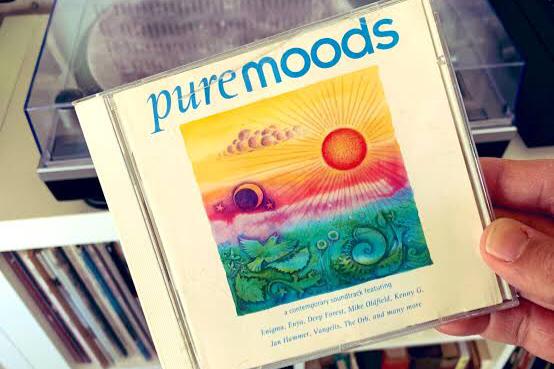
The Pure Moods compilation, first released in 1994, was the ultimate embodiment of a direct-marketing phenomenon translated into club gold. Starting as a hugely successful late-night television advertisement pitch, the album brought together ambient, New Age, and world music hits from artists like Enigma, Jan Hammer, and Yanni. The clubs quickly seized on its popularity, offering it as a unique, high-concept, and often low-price choice to meet the membership agreement. It appealed to a wide range of people who wanted “one ambient disc” to create a sophisticated or relaxing atmosphere without knowing the genre deeply. The combination of its TV ad recognition and the club’s convenient packaging meant that millions added it to their haul, often purchased on a whim or as a final cheap selection, to make a room feel expensive for the club’s introductory price.
12. Garth Brooks, No Fences (or Ropin’ the Wind)
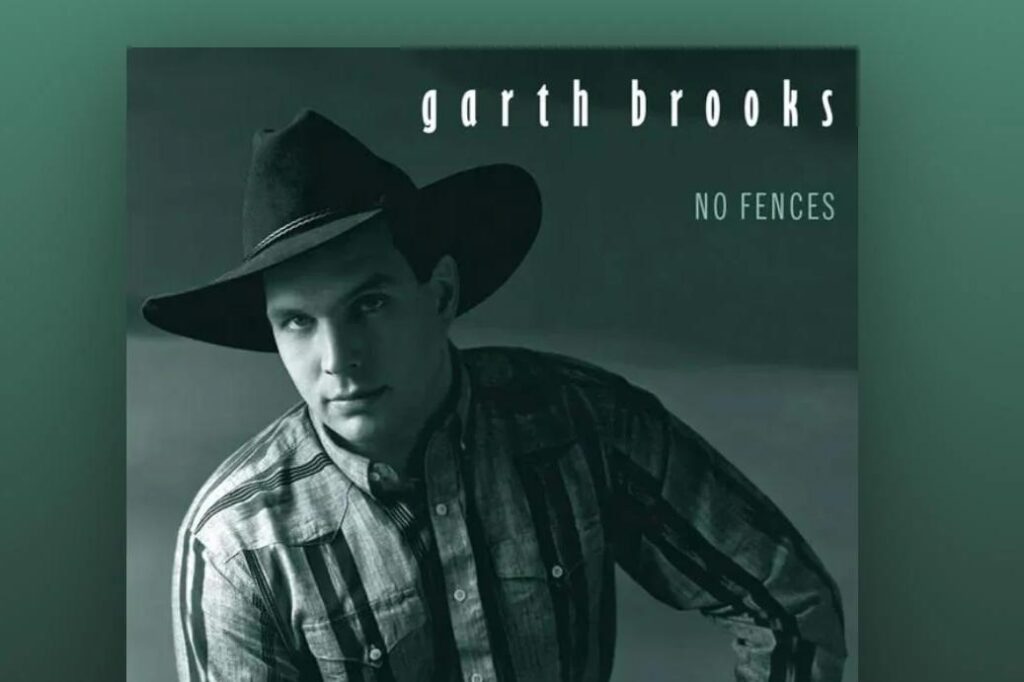
Garth Brooks was a mail-order phenomenon, representing the massive commercial power of contemporary country music that even buyers in non-country regions couldn’t avoid. Albums like 1990’s No Fences (featuring “Friends in Low Places”) and 1991’s Ropin’ the Wind were club juggernauts. The blurbs in the catalogs were irresistible, highlighting the stadium-sized choruses and massive sales figures. For the clubs, it allowed them to tap into a huge, highly reliable market. For members, it was often a choice based on curiosity, a need for a popular choice, or simply because it was an advertised bestseller. The club model efficiently distributed Garth’s records far beyond the traditional country music market, ensuring that even urban or coastal apartments ended up with a piece of big-hat, big-chorus Americana in their collection.
And there you have it: the dozen albums that form the backbone of a generation’s accidental music library. Every single one was a strategic, high-value choice designed to make you click, mail, or call. They may not have been your favorite albums, but they were the soundtracks we all shared, proving that the best kind of music is often the kind that simply shows up on your doorstep. Which one of these do you still have sitting on your shelf?
This story The 12 Most “Record-Club” Albums Everyone Accidentally Owned was first published on Daily FETCH


